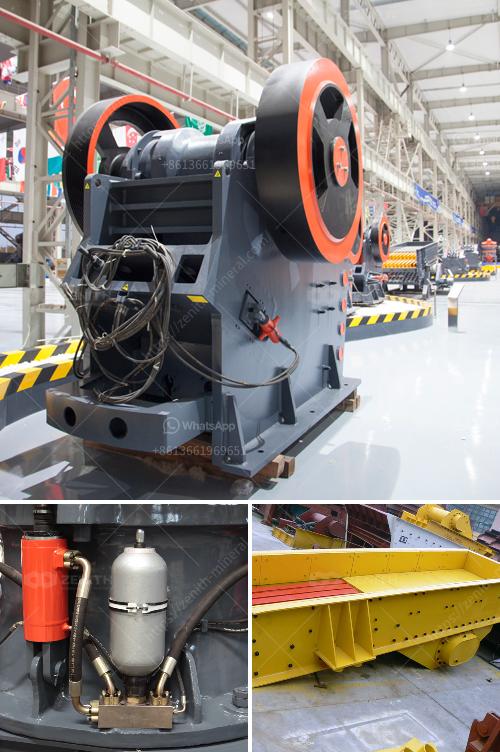Installing a secondary crusher involves multiple steps and should be done carefully to ensure both safety and operational efficiency. Here’s a general guideline to help you through the process:
1. Planning and Preparation:
- Assessment: Evaluate the site and ensure that the location for the secondary crusher is suitable for installation and operational requirements.
- Permits and Regulations: Ensure all necessary permits, environmental regulations, and safety protocols are in place.
- Selection: Choose the appropriate type of secondary crusher based on material type, production requirements, and compatibility with the primary crusher.
2. Site Preparation:
- Foundation: Build a robust foundation that can bear the load of the secondary crusher and other associated equipment. Ensure that the foundation is level, well-constructed, and has proper drainage.
- Utility Connections: Arrange for necessary utility connections, such as electricity and water, if needed for cooling or dust suppression.
3. Equipment Delivery:
- Transportation: Arrange for safe transportation of the crusher to the site. Ensure that all parts are carefully handled to prevent damage.
- Inventory Check: Upon arrival, verify that all components and parts are delivered according to the order and in good condition.
4. Installation:
- Assembly: Follow the manufacturer’s instructions to assemble the crusher. This may involve lifting components into place using cranes or other lifting equipment.
- Alignment: Properly align the crusher and other connected equipment to ensure seamless operation. Misalignment can lead to operational issues and premature wear.
- Securing: Firmly secure the crusher on its foundation using the appropriate bolts and mounting hardware.
- Lubrication and Hydraulics: Connect and fill the lubrication system as well as any hydraulic systems, ensuring there are no leaks and that all fittings are tight.
5. Conveyor and Feed System:
- Connections: Install and align the feed system and conveyors to ensure materials are appropriately delivered to the secondary crusher.
- Adjustment: Adjust the feed system to manage the flow rate and size of the material entering the crusher.
6. Testing and Calibration:
- Initial Startup: Conduct an initial startup to ensure the crusher runs smoothly. Listen for any unusual noises and watch for vibrations or other issues.
- Calibration: Adjust settings such as the gap or speed to achieve the desired output size and quality.
- Trial Runs: Perform trial runs with material to fine-tune the settings and ensure optimal performance.
7. Safety and Training:
- Safety Checks: Ensure all safety features and guards are in place and functioning correctly.
- Training: Train operatives and maintenance personnel on the safe and efficient operation of the secondary crusher.
8. Documentation and Regular Maintenance:
- Manuals and Protocols: Keep all manuals, warranties, and maintenance protocols in an accessible location.
- Routine Checks: Implement a schedule for regular maintenance, inspections, and lubrication to ensure the equipment operates efficiently and has a long service life.
9. Legal and Environmental Compliance:
- Regulations: Ensure that all installation procedures meet local, state, and federal regulations, particularly those regarding environmental impact and worker safety.
- Noise and Dust Control: Install necessary noise dampening and dust control measures if required.
By following these steps meticulously, you can safely and effectively install a secondary crusher that meets your production needs. Always refer to the specific manufacturer’s guidelines and safety instructions for your particular model.


